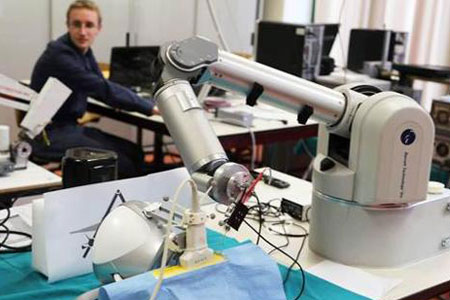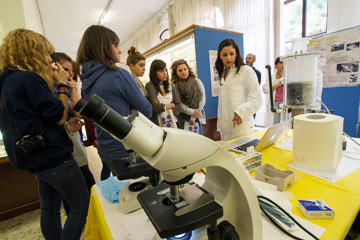Connectomics is the field of neuroscience dedicated to studying brain connectivity, i.e. the complex network of connections in brain's white matter between distinct gray-matter areas. In this context, diffusion magnetic resonance imaging (MRI) is a key modality for its ability to estimate noninvasively the pathways of these connections using so-called tractography algorithms. Tractography can be used to study brain connectivity in vivo, for instance to continuously monitor the progress of neurodegenerative diseases. Despite this unique and compelling ability, recent studies have pointed out that the reconstructions may not reflect accurately the underlying anatomy, raising serious concerns about accuracy and biological interpretability of this technique.
Several solutions have been proposed to overcome this issue by complementing tractography with additional information about the microstructural environment of the neuronal tissue. In particular, the Convex Optimization Modeling for Microstructure Informed Tractography assumes invariance of the microstructural properties along the pathways and uses this prior in an efficient formulation to get more robust estimates of both trajectories and microstructural parameters of the connections. A recent evolution of this framework allows considering additional anatomical priors on the axonal bundles. Although the potential of this new formulation has not been fully exploited yet, we strongly believe this possibility may open the door to dramatically improve the accuracy of the reconstructions. Promising avenues include myelin metrics, derived e.g. from quantitative susceptibility acquisitions, as well as functional connectivity priors, derived e.g. from functional MRI, as these modalities provide complementary information on the bundles.
We propose an innovative and effective linking of myelin and functional information to existing structural connectivity analyses for significantly improving the anatomical accuracy and biological interpretability of connectivity estimates. The overarching objectives of this project are: a) to develop automated tools that accurately delineate white-matter pathways and quantitatively characterize their microstructure, b) to optimize a multicentric advanced structural and functional neuroimaging protocol with clinical feasible acquisitions, and c) to validate our richer connectomics framework in a cohort of healthy volunteers for assessing its effectiveness. Our central hypothesis is that the integration of complementary structural and functional descriptors can improve not only the accuracy of white matter bundle reconstructions but also their clinical sensitivity, potentially leading to novel markers for neurodegenerative diseases. In fact, our long-term goal is to bring to clinical neurology a novel multimodal connectomics framework with increased sensitivity and accuracy to enable, in the future, non-invasive quantitative studies of axonal damage and reorganization.








